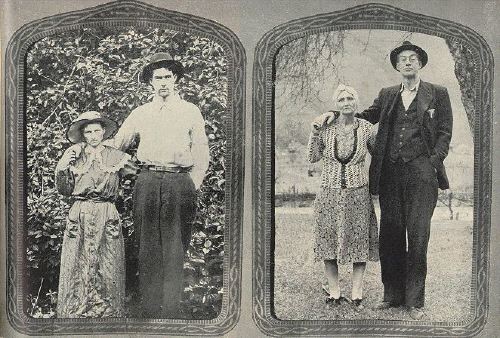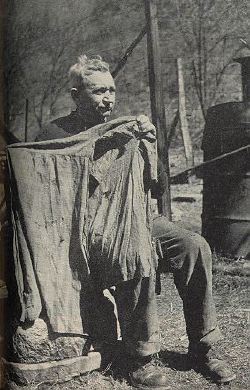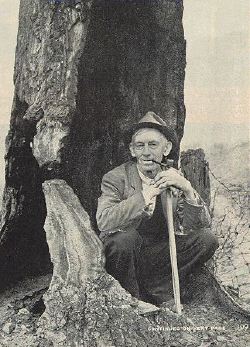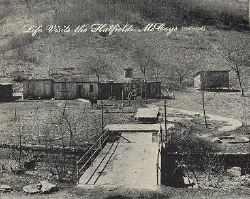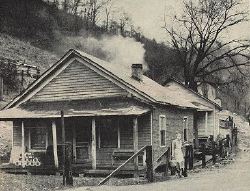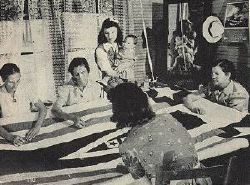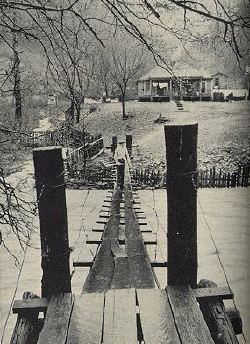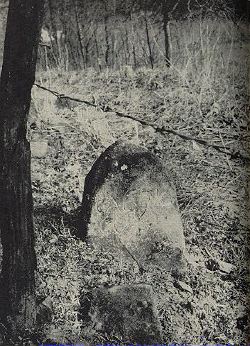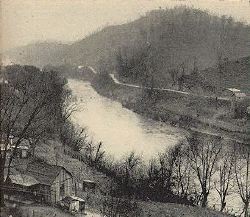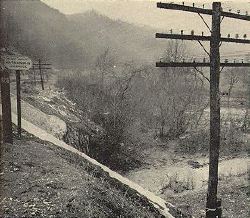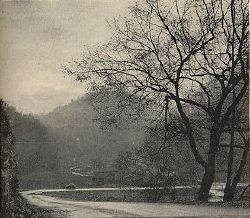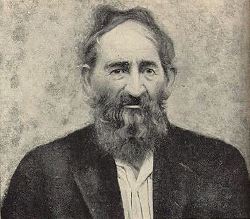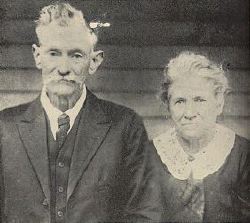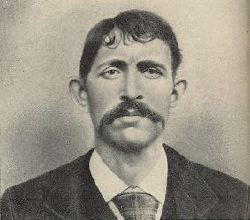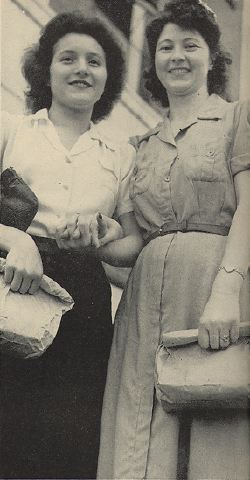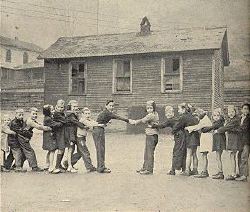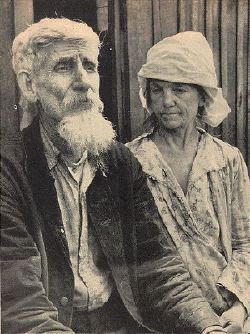 |
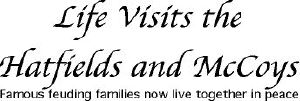 |
|
Life Magazine, May 22, 1944
|
|
The Hatfield-McCoy feud is celebrated in song and legend, but
surprisingly few authentic facts have been written about it. The
surviving Hatfields and McCoys are close-mouthed mountain folk who do
not kill each other any more, but dislike talking to strangers. However,
Miss Jean Thomas of Ashland, Ky. has lived among them for years, talked
with some of the leading feudists, and checked the few legal records
that exist. With her aid LIFE Photographer Walter Sanders recently
visited the Hatfields and McCoys in their remote homes. He brought back
pictorial evidence that their cruel and bloody feud was no myth, but an
actual page of U.S. folk history. [Note: Jean Thomas has written several articles about the feud. Some, including this one, contain information that has not been verified or proved.]
|

